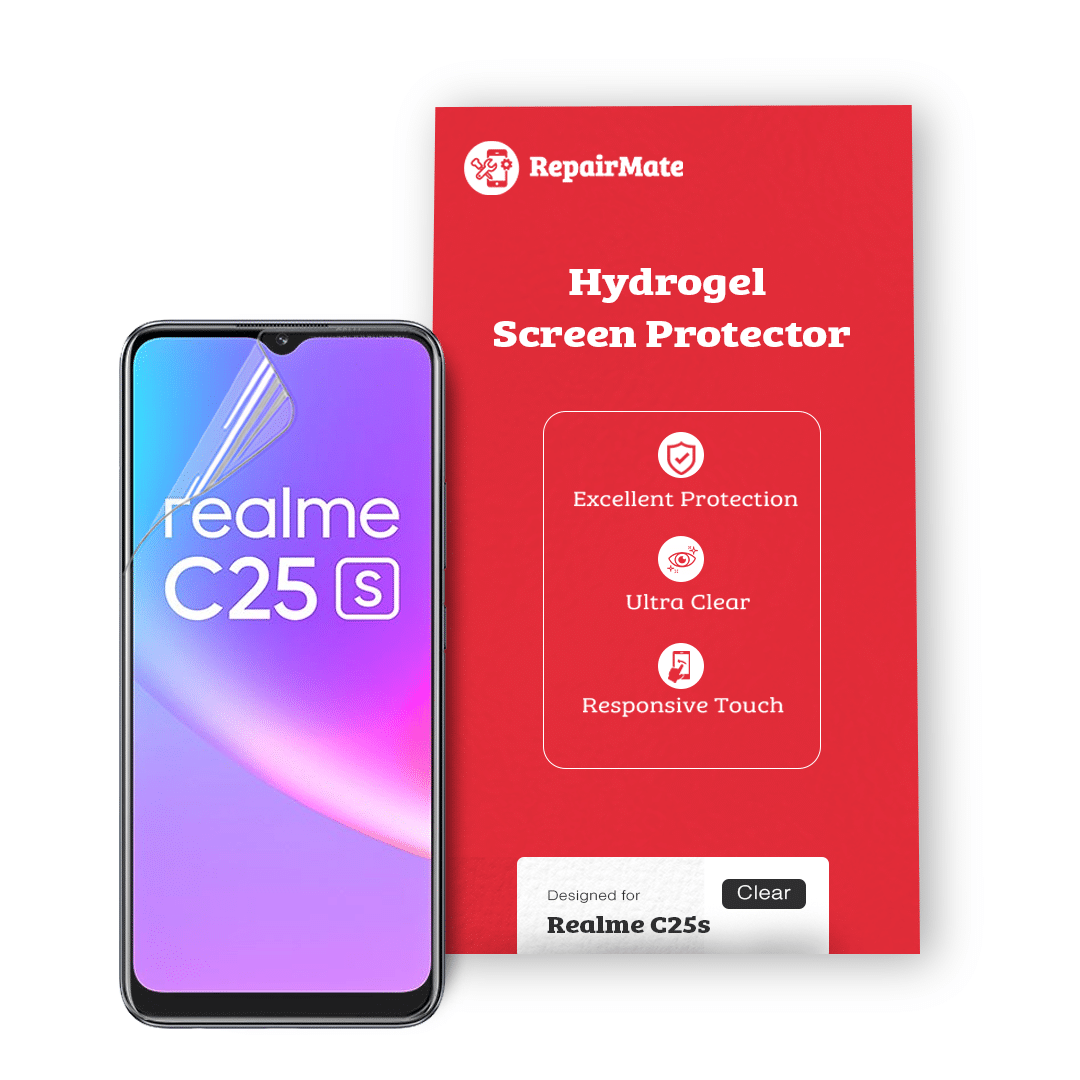Does that extra layer of phone case annoy you? Screen Protectors might just be what you are looking for. Well, although there is no alternative to cover-case for complete protection of your mobile phone. Hydrogel Screen Protector or Tempered Glass Screen Protector can at least protect your mobile’s screen and display while removing the extra bulkiness of your phone added because of covering. They will also keep you safe from the hefty repair cost of the mobile display with a bit of compromise to your phone’s protection for its looks.
Tempered Glasses are prepared by heating annealed glasses. The heat treatment is done to make the glass more durable. However, the durability gained by toughening the annealed glass decreases the flexibility and elasticity of tempered glass. Thus tempered glass will shatter into pieces case of a heavy impact.

Hydrogel Screen Protectors are made of TPU (Thermoplastic Polyurethane). These are chemically-enhanced plastic with scratch resistance, oil and grease resistance, transparency, elasticity and toughness. Unfortunately, although this screen protector doesn’t shatter, it definitely doesn’t provide protection from accidental damage on level par with Tempered Glass.

To make our choice simpler, let’s look at their pros and cons to make our decision easy based on our needs.
Pros of Tempered Glass
Tempered glass is sturdy. It is designed to keep your phone’s screen safe at any cost. After the annealed glass is processed through heating, it gains higher durability, thus allowing the product to withstand direct blows or hits. So the only way for any accidents to hurt your mobile’s screen is to obliterate the tempered glass beforehand.
Tempered glasses protect your phone’s screen and are also a lot safer. If the tempered glass cannot handle the impact of a hit or fall, it shatters into pieces without dispersing around, thus making its disposal easy and safe.
Comparatively, tempered glass is a lot cheaper than Hydrogel Screen Protector. Thus making it an economical choice of many needy ones.
Cons of Tempered Glass
Tempered glass installation is relatively easy. All we have to do is detach the previous protective film and clean the screen so that no marks or dust remain on the screen. We can use alcohol and a piece of cotton to remove any dust or persistent remnants of previous protective film. Then we get our tempered glass, remove the plastic layer from its adherent side, and simply adjust it to our mobile screen. However, bubble formations are challenging to get rid of if not installed correctly.
Since they are hardened, they aren’t modelled for a curved screen; they do not cover the entire screen. This breach on the edge-to-edge protection keeps the phones susceptible to breakage one way or another.
Extra particles like smudges, fingerprints and dust particles tend to accumulate on the tempered glass surfaces. This accumulation at times affects the smoothness of the touch. And so they need frequent cleaning to retain the smoothness of the touch.
The thick design of tempered glass often shadows the true elegance of your device. It may also affect the touch responsiveness, rendering your phone respond slowly to any taps on the screen.
Pros of Hydrogel Screen Protector
Although they might not be as strong as tempered glass, they ensure edge-to-edge protection for any type of screen because of their flexibility. Any damage to the screen would be because of higher impact power than the layer threshold and not due to failure to encase any part of the screen.
Because of the thinness of this protective film, it offers excellent viewing clarity. Also, it offers high sensitivity to any touch and taps on the screen, unlike tempered glass, making it an excellent choice for phones with fingerprint sensors over the display. It also preserves your phone’s natural looks since the film remains almost invisible to any of its viewers.
Due to its aqua shield feature, it doesn’t allow the accumulation of smudges or fingerprints over the display. As a result, the touch is always a smooth experience.
Cons of Hydrogel Screen Protector
Although it provides better protection to curved screens, it nowhere matches the protection provided by tempered glasses on flat screens. In addition, tempered glasses are highly resistant to scratches and direct hits or falls compared to the Hydrogel screen protectors.
Hydrogel Screen Protector costs high even though they aren’t as durable as tempered glass. And with their low threshold for impacts, it may not be a wise choice.
Although they have self-healing properties to minor scratches, they aren’t totally resistant to scratches. The heavier cuts may leave marks on the screen.
Since both the products have their own pros and cons, they can be used according to what is needful to us. Having a protective layer for our mobile screen is always a wise choice since we can never know what will occur to our dear companion.



